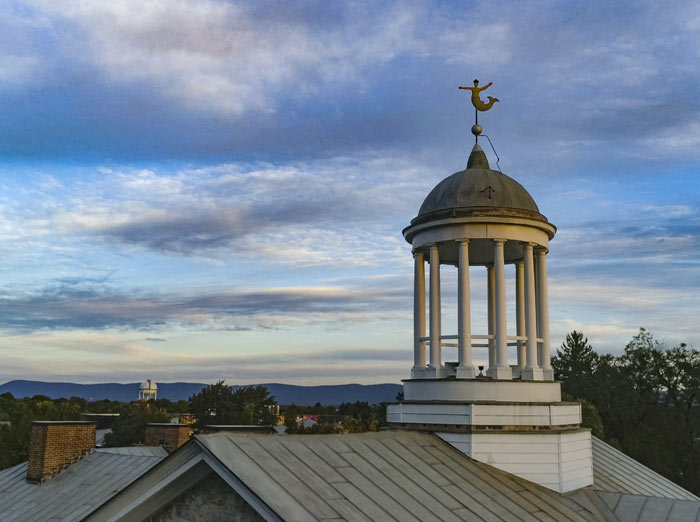Alliance for Aquatic Resource Monitoring Gets Two New Federal Grants

Old West.
Funding allows ALLARM to begin new project and continue another
Dickinson’s Alliance for Aquatic Resource Monitoring (ALLARM) has been engaging communities with citizen science to monitor, protect and restore local waterways since 1986. And the campus organization just got a big boost from two federal grants totaling $220,000.
The National Fish & Wildlife Foundation’s (NFWF) Innovative Nutrient and Sediment Reduction Grant Program awarded ALLARM $75,000, as a subcontract through Cumberland County. The goal of this grant is to work with landowners to implement restoration and tree planting to help improve water quality and achieve Chesapeake Bay clean-up goals. As part of an integrated network—including Clean Water Cumberland and other partners—that will identify opportunities for watershed restoration in the county, ALLARM will also help coordinate data-collection opportunities to assess restoration progress.
“ALLARM is excited to be working on projects with demonstrable impacts in our backyard with local partners,” says Julie Vastine '03, director of ALLARM, noting that this effort dovetails with another NFWF funded project, on which ALLARM is also a subcontractor.
In that project, the NFWF granted ALLARM—via the Alliance for the Chesapeake Bay—$143,535 for its proposal “Developing an Integrated Community-based Monitoring Approach to Track Restoration Progress.” This funding effort has led to the development of the first community-based restoration monitoring protocol in the country. The next project phase will be implemented over 28 months and will develop a volunteer engagement strategy and training materials, pilot the protocol with volunteers, develop data communication templates for landowners and the NFWF and explore data management tools to house the biological, photographic, physical and visual data.
“It is an exciting timeframe to be engaged in community monitoring during a period where so much incredible on-the-ground work is taking place to improve water quality and health of the Chesapeake Bay watershed,” says Vastine. “To be a part of a team developing innovative, community accessible scientific techniques to assess restoration is a thrilling opportunity for ALLARM.”
TAKE THE NEXT STEPS
Published March 16, 2023